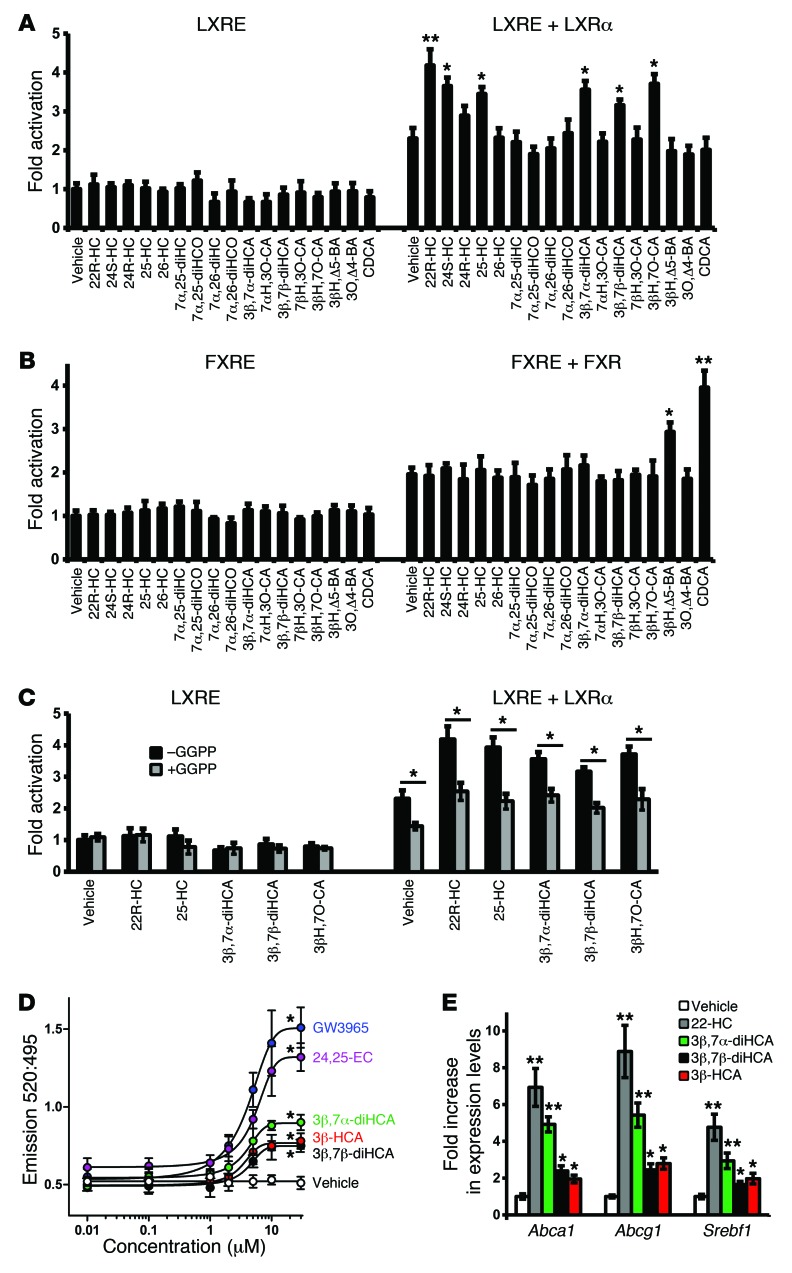Figure 2. Analysis of the nuclear receptor activational capacity of oxysterols and cholestenoic acids.
(A) Luciferase activity in SN4741 neural cells transfected with an LXR-responsive luciferase reporter construct (LXRE) with or without LXRα and stimulated for 24 hours with 22R-HC (10 μM), a known LXRα ligand (3, 4), or the compounds indicated. (B) Similar assay in cells transfected with an FXR-responsive luciferase reporter construct (FXRE) with or without FXR and stimulated for 24 hours with CDCA, a known FXR ligand, or the compounds indicated. (C) Additional luciferase assays performed as in A with or without addition of the LXR antagonist GGPP (10 μM) along with the indicated cholesterol metabolites (10 μM each). Values in A–C are fold activation over the basal LXRE or FXRE luciferase activity (set to 1) (n = 3). *P < 0.05, **P < 0.01 vs. vehicle or as indicated by brackets, Mann-Whitney test. (D) TR-FRET LXRβ coactivator assay, used to determine the binding affinity of cholestenoic acids as well as the known LXR ligands GW3965 and 24,25-EC toward the LXRβ-LBD (n = 3). The 520:495 TR-FRET ratio was determined as described in Methods. *P < 0.05 vs. vehicle for ≥10 μM 3β,7α-diHCA, ≥10 μM 3β,7β-diHCA, ≥10 μM 3β-HCA, ≥5 μM 24,25-EC, and ≥5 μM GW3965, Mann-Whitney test. (E) 3β,7α-diHCA, 3β,7β-diHCA and 3β-HCA induced significant increases in Abca1, Abcg1, and Srebf1 in SN4741 cells (n = 3). *P < 0.05, **P < 0.01 vs. vehicle, Mann-Whitney test.

